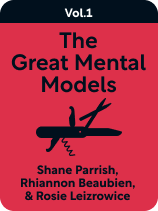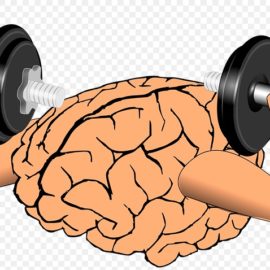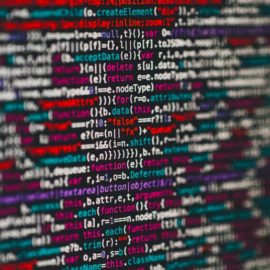

This article is an excerpt from the Shortform book guide to "The Great Mental Models Volume 1" by Shane Parrish and Rhiannon Beaubien. Shortform has the world's best summaries and analyses of books you should be reading.
Like this article? Sign up for a free trial here.
What does “the map is not the territory” mean? What practical lesson can we learn from this?
Alfred Korzybski, a scientist and a philosopher, keenly observed that “the map is not the territory.” He meant that a representation (the map) is not the thing it represents (the territory); it’s merely an abstraction of the thing itself.
Continue reading to learn what practical implications this principle has for all of us.
The Map Is Not the Territory
In the first volume of The Great Mental Models series, Farnam Street founder Shane Parrish and content strategist Rhiannon Beaubien explain how to think about mental models as maps. In fact, the authors treat “maps” and “models” as synonymous terms. Given this, the authors’ argument is that the limitations of real, physical maps (“the map is not the territory”) also apply to mental models.
Parrish and Beaubien argue that maps are invaluable tools—they help us navigate the world by giving simplified representations of the terrain. But, to use them effectively, remember that maps aren’t literal pictures of the territory they describe, nor do they provide every piece of information available about that territory. Rather, they give only the information you need for your specific purpose. For example, if you’re driving to Yellowstone National Park, you’d want a road map that includes landmarks (such as Old Faithful); you would have no use for a relief map of the same region that shows where public hunting land is.
| All Models Are Wrong In 1976, the British statistician George Box stated that “all models are wrong, some are useful.” In essence, this captures the reality that no model or map can ever perfectly represent the real world. As the authors suggest, this is because the world is infinitely large and complex, while models and maps attempt to simplify things into finite representations. Much of the scientific establishment dedicates its work to refining scientific models in increasingly nuanced and precise ways—however, in most cases, useful is a better criterion than perfect. This invokes a popular principle from Stoicism: Focus on what you can control rather than what you can’t. Your maps will never be perfect or complete, no matter what you do—for instance, numerous beliefs and theories that once guided the world have been overturned and replaced with newer ideas. This highlights that living effectively comes not from perfect, flawless knowledge, but from the ability to act decisively despite imperfect knowledge. |
Because maps exclude most aspects of the territory in order to be useful, they have certain limitations. The authors stress that if you fail to recognize these limitations, you risk making poor decisions. Keep these two limitations in mind:
Limitation #1: Maps are time-bound. We make maps at certain points in time, but maps don’t automatically change as the world does. This means that maps go out of date. Outdated maps can lead to bad decisions and mistaken beliefs. Similarly, when using a model, consider whether it’s still useful or if the thinking needs to be updated. (Shortform note: A Shortform guide operates in this way; our commentary often expands or updates ideas from older books (“maps”), helping offset the time-bound nature of the information.)
Limitation #2: Maps are reductions. Remember that the territory and its map are different—many things have been excluded from the map that you’ll run into in real life. If you forget this, the authors say that you risk dogmatically forcing your maps to “work,” even when they no longer fit reality. For example, a pothole is not going to be on the map, but you would drive around one. You should have the same flexibility in your thinking.
(Shortform note: On a similar note, Donella Meadows says in Thinking in Systems that we need to consistently update our models of complex systems. Much of the time, something you think you understand will appear to change or behave differently than you expected. When this happens, you need to update your model, revising it to reflect the new information you’ve learned.)
Shortform advice for applying this model: Model #1 is a set of principles to remember rather than a technique to implement. Use these principles by looking for “maps” in your everyday life. When you recognize one, remember that it only contains limited information, it might be outdated, and it may or may not be useful for your specific purpose. If it’s not, then find a new map.

———End of Preview———
Like what you just read? Read the rest of the world's best book summary and analysis of Shane Parrish and Rhiannon Beaubien's "The Great Mental Models Volume 1" at Shortform.
Here's what you'll find in our full The Great Mental Models Volume 1 summary:
- What mental models are and how they work
- How to make better decisions by using mental models
- How to use your imagination to evaluate your choices






